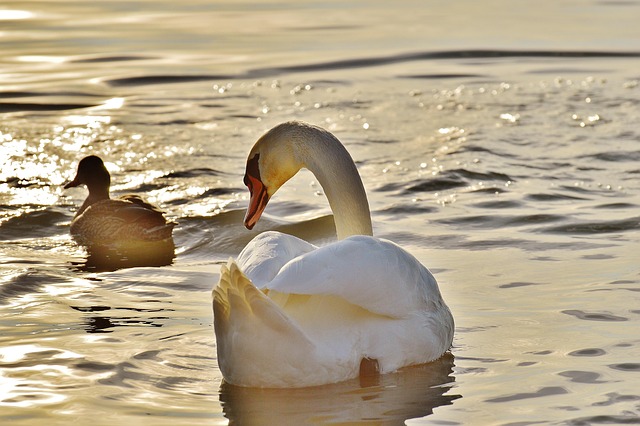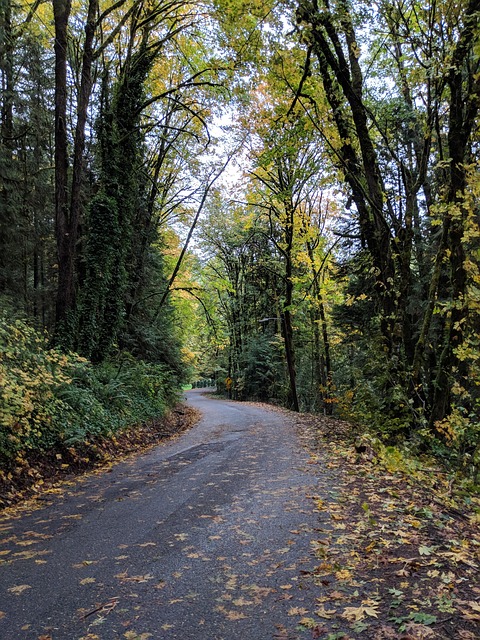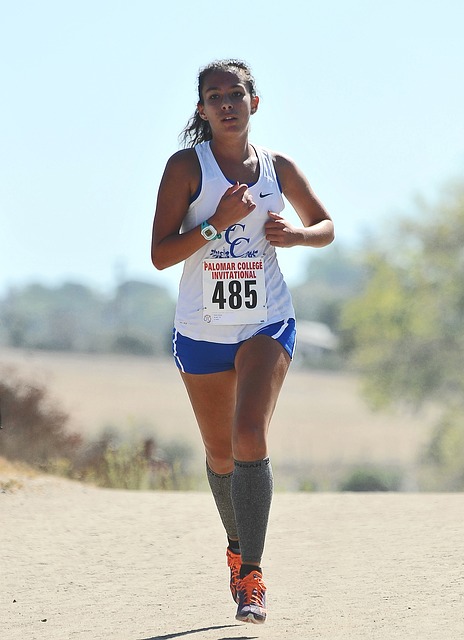Cross country running, historically rooted in military and cultural events, has evolved from informal practices into a structured sport with a rich history. The Oregon Ducks' cross country journey began in the late 1950s, transforming it into a test of endurance. Their success is fueled by cutting-edge training methods combining traditional exercises with innovative techniques, including interval training, dynamic stretching, and varied terrain practices. This holistic approach develops not just physical fitness but also mental resilience. The Ducks' dominance stems from strategic coaching, team dynamics, and mentorship programs, resulting in impressive national and international achievements that showcase the effectiveness of their cross country training programs.
“Unleash the quack! Explore the remarkable journey of Ducks cross country achievements, a testament to determination and teamwork. From the evolution of the sport to the team’s early trailblazing, this article delves into the historical overview of their success. Discover unique training methods that forged their endurance and agility. Uncover national and international triumph stories, highlighting the coaching role in their dominance. Finally, peer into the modern era advancements transforming cross country training and team dynamics.”
- The Evolution of Cross Country Running: A Historical Overview
- Early Beginnings: When Ducks First Took to the Trails
- Training Methods: Shaping the Ducks' Endurance and Agility
- Notable Achievements: National and International Success Stories
- The Role of Coaching in Duck's Cross Country Dominance
- Modern Era: Advancements in Training and Team Dynamics
The Evolution of Cross Country Running: A Historical Overview

Cross country running, a sport that tests endurance and agility, has evolved significantly over centuries. Its origins can be traced back to ancient civilizations where running was an integral part of military training and cultural events. In these early days, runners would navigate varied terrain, often covering long distances as a display of stamina and skill. As time progressed, cross country gained formal structure, particularly in the 19th century, when schools and colleges started incorporating it into their athletic programs. This marked the beginning of organized cross country training, focusing on building cardiovascular strength and leg muscles through rigorous exercises tailored for off-road conditions.
The sport’s transformation continued with the establishment of dedicated running clubs and the formation of governing bodies, further standardizing rules and competitions. Modern cross country training emphasizes not just physical fitness but also mental fortitude, teaching athletes to embrace unpredictable environments and adapt swiftly. Today, advanced training methods, including interval workouts, tempo runs, and varied terrain exercises, prepare runners for competitive events that simulate real-world challenges, echoing the sport’s rich historical roots in survival and cultural expression.
Early Beginnings: When Ducks First Took to the Trails
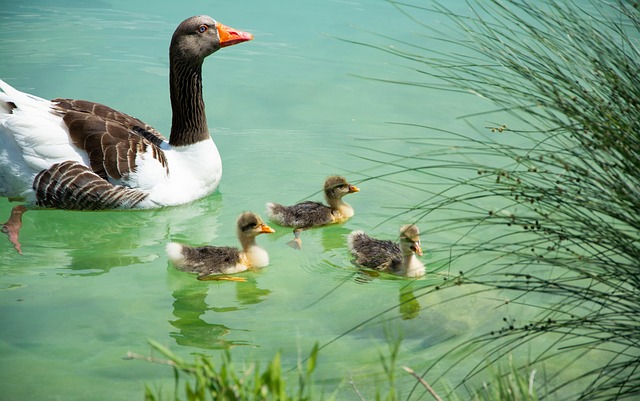
In the early days, the Oregon Ducks’ involvement in cross country was more than just a sport; it was a test of endurance and resilience against the state’s rugged terrain. The team’s inception and initial forays into competitive cross country racing can be traced back to the late 1950s when a group of dedicated athletes and coaches recognized the potential of this discipline in showcasing both physical fitness and mental fortitude. With the introduction of structured cross country training programs, the Ducks began to carve their path on the trails, preparing for races that pushed them to their limits.
These early beginnings laid the foundation for what would become a rich history of achievements in the sport. The Ducks’ commitment to rigorous training regimens and their ability to adapt to diverse courses set them apart from their competitors. As they ventured into local, regional, and eventually national events, the Oregon Ducks cross country team began to make waves, establishing themselves as formidable forces on the athletic landscape.
Training Methods: Shaping the Ducks' Endurance and Agility

The success of the Ducks in cross country can be attributed, in no small part, to their rigorous and innovative cross country training methods. This involves a blend of endurance-building exercises designed to strengthen their legs and core, as well as agility drills that sharpen their speed and maneuverability on diverse terrains. Coaches employ interval training, where athletes alternate between periods of intense effort and recovery, mimicking the ups and downs of a real race course. This technique not only enhances cardiovascular fitness but also teaches ducks to optimize energy usage during competition.
In addition to traditional exercises, modern cross country training incorporates dynamic stretching and plyometrics to improve flexibility and reduce injury risk. Teams often practice on varied terrain, from grassy fields to sandy beaches, preparing them for the unpredictable conditions they may face. This multifaceted approach ensures that Ducks athletes are not just physically fit but also mentally prepared, ready to adapt to any challenge presented by a cross country course.
Notable Achievements: National and International Success Stories
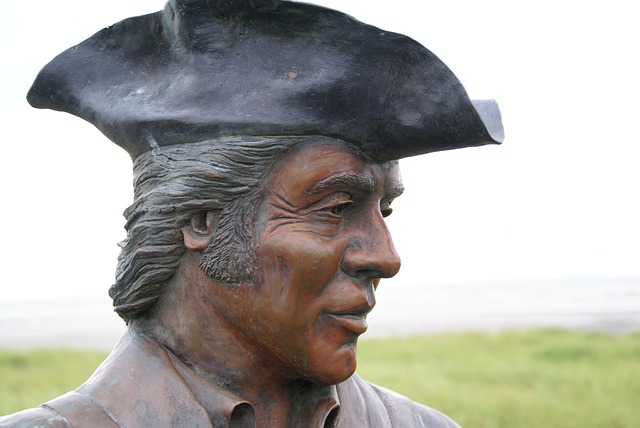
Ducks cross country teams have left an indelible mark on both national and international stages, amassing a rich tapestry of achievements that highlight their dedication and prowess in this demanding sport. Their success stories are numerous and varied, ranging from capturing prestigious national championships to dominating international competitions, showcasing the depth of talent and effectiveness of their rigorous cross country training programs.
These accomplishments have not only elevated the Ducks’ athletic program but have also inspired aspiring athletes worldwide. The team’s ability to consistently perform at the highest level is a testament to their unwavering commitment, strategic coaching, and the holistic approach they bring to cross country training. This success has solidified the Ducks’ reputation as a force to be reckoned with in both domestic and global cross country competitions.
The Role of Coaching in Duck's Cross Country Dominance

The success of the Ducks in cross country racing cannot be isolated from their rigorous and strategic cross country training programs. Coaches play a pivotal role in shaping the team’s performance by designing tailored workouts that enhance endurance, speed, and tactical acumen. These sessions often include interval training, tempo runs, and long-distance races, all aimed at building resilience and refining running techniques specific to cross country terrain.
Skilled coaches also contribute to the mental fortitude of athletes, teaching them race strategies, managing competition stress, and fostering a culture of continuous improvement. Their guidance is instrumental in navigating the challenges of diverse courses, from steep hills to winding trails, ultimately enabling the Ducks to consistently dominate both regional and national cross country competitions.
Modern Era: Advancements in Training and Team Dynamics

In the modern era, cross country training has evolved significantly, revolutionizing how ducks prepare for competitive seasons. Advanced techniques and strategies have emerged, focusing on both physical and mental preparation. Coaches now employ data-driven approaches to monitor athletes’ performance, enabling personalized programs that optimize speed and endurance. High-tech equipment, such as GPS devices and heart rate monitors, provide real-time insights during training sessions, allowing for precise adjustments to maintain peak condition.
Team dynamics play a crucial role in the success of modern duck cross country squads. Collaborative efforts have fostered a sense of camaraderie, enhancing team spirit and motivation. Strategic group workouts, designed to challenge and support each other, have improved overall team performance. Additionally, mentorship programs within the team encourage younger athletes to learn from seasoned veterans, contributing to a culture of continuous improvement and collective excellence in cross country training.


